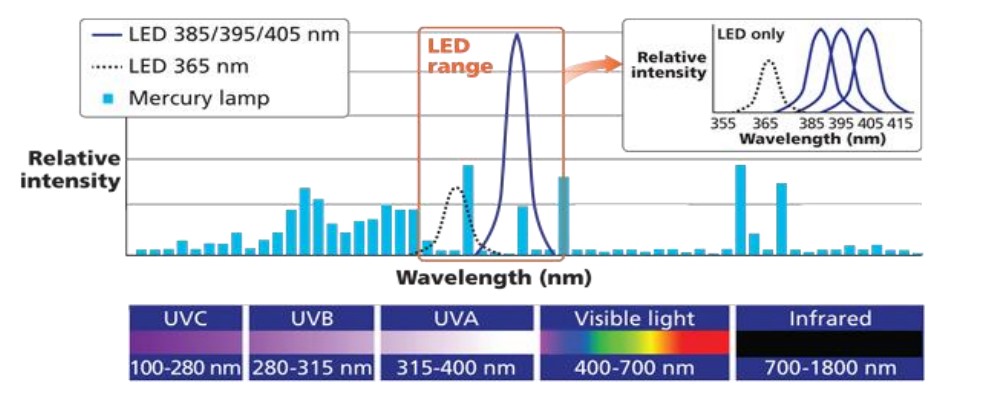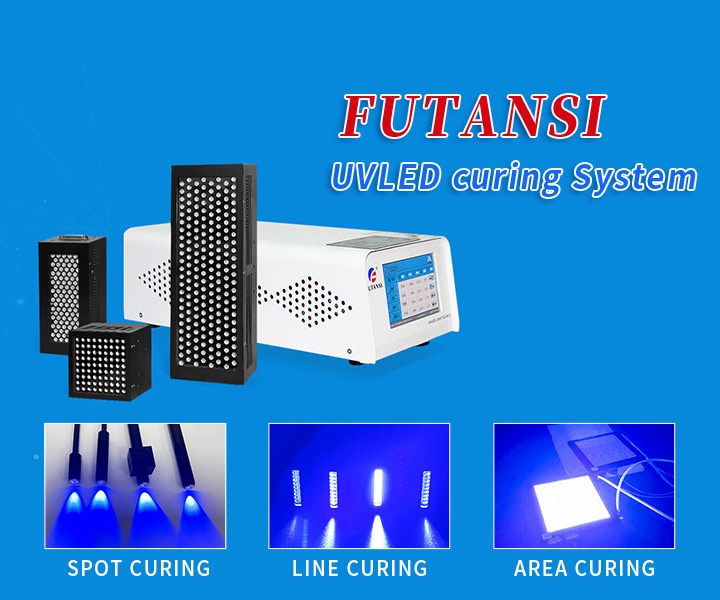Water Cooling LED UV Curing Machine 400x200mm
2085Water cooling LED UV curing machines with a 400x200mm curing area are ideal for large-scale industrial applications, providing fast and efficient curing for a range of materials
View detailsSearch the whole station
Ultraviolet light, a form of energy that is part of the electromagnetic radiation spectrum, exhibits shorter wavelengths than visible light but longer wavelengths than X-rays. This form of energy is usually measured in nanometers (nm) – a unit equal to one billionth of a meter or one thousandth of a micron. Ultraviolet light, spanning between 200-400 nm, consists of three categories: UV-A, UV-B, and UV-C. Natural sources like sunlight radiate UV light, though it’s also produced artificially in numerous systems.

Below is a summary of each category with their distinct attributes and potential advantages and disadvantages:
UV-A
UV-B
UV-C

Water cooling LED UV curing machines with a 400x200mm curing area are ideal for large-scale industrial applications, providing fast and efficient curing for a range of materials
View detailsLinear UV LED curing lamps with a 350x10mm illumination area are essential tools in industrial applications, providing fast and efficient curing for a range of materials
View detailscustomized uv led curing systems can be designed to fit a wide range of applications and workpieces. Whether it's a flat surface, a curved shape, or a complex three-dimensional structure, customised UV curing lights can be tailored to fit the uniq...
View detailsSmall UV LED linear UV curing sources are essential tools in laboratory and small-scale industrial applications, providing fast and efficient curing for a range of materials
View details
HelloPlease log in